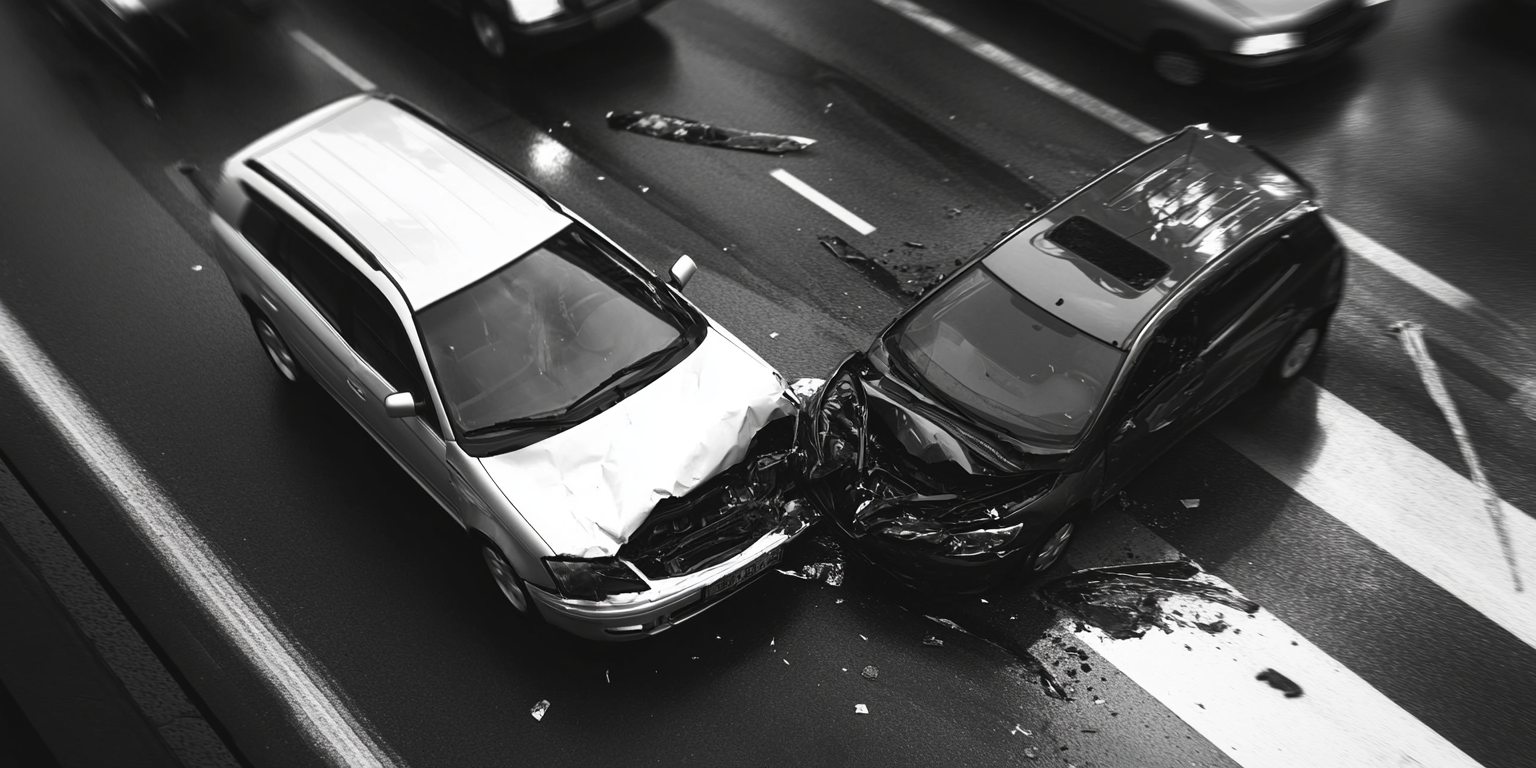California Safe Speeds Toolkit: Research on Speed Limits and Safety
Understanding the link between speed restrictions and road safety depends on the California Safe Speeds Toolk, a must-have tool. It offers a set of graphs and figures showing how changes in driving speed impact crash severity and injury results.
For both legislators and road safety activists, the toolkit provides vital information; for drivers and lawyers equally, it is a useful educational tool.
We highlight important results from the toolbox below and discuss various charts that graphically show how fast speed increases accident risks.
Chart Analysis 1: Urban Speed Limits and Injury Risk
| Speed (mph) |
Relative Crash Risk (%) |
| 30 |
100% (Baseline) |
| 35 |
100% |
| 40 |
110% |
| 45 |
125% |
| 50 |
150% |
Among the more striking graphs in the toolbox, one on metropolitan settings. According to this graph, driving above 35 mph greatly raises the likelihood of major injuries in highly crowded locations. These are the main revelations from this graph:
Baseline and Threshold:
In urban areas, 35 mph is often considered a safe baseline speed. The chart indicates that even a modest increase—say, an additional 5 mph above this threshold—can result in a 10% increase in crash risk.
Exponential Relationship:
As speed increases beyond 35 mph, the risk does not rise in a linear fashion; instead, it increases exponentially. For example, driving at 40 mph might increase the crash risk by 10%, while driving at 45 mph could see the risk spike even further.
Safety Implications:
These findings emphasize the importance of adhering to posted speed limits, especially in urban settings where pedestrian and cyclist traffic is high and reaction times are critical.
Chart Analysis 2: Accident Rates Across Different Speed Levels
| Speed Range (mph) |
Accident Rate (per 1,000 vehicles) |
| 30–35 |
5 |
| 35–40 |
7 |
| 40–45 |
10 |
| 45–50 |
15 |
| 50–55 |
20 |
Another perceptive graph from the toolkit contrasts accident rates across several speed ranges. This graph shows how much safety outcomes can improve even from small speed reductions:
Speed Reduction Benefits:
The chart demonstrates that a reduction of just 5 mph across various driving environments can reduce the overall accident rate by a notable margin—sometimes as much as 10%.
Comparison Across Settings:
The graph contrasts urban and suburban settings, showing that while both benefit from speed reductions, urban areas tend to see a more pronounced improvement in safety outcomes.
Policy Implications:
These findings support the implementation of lower speed limits in high-risk areas and suggest that even small changes in speed regulation can have a large impact on public safety.
Chart Analysis 3: Rural Speeds and Severity of Accidents
| Speed (mph) |
Average Injury Severity Score (ISS) |
| 45 |
2 |
| 50 |
3 |
| 55 |
5 |
| 60 |
7 |
| 65 |
9 |
Toolkit data also shows that more severe accident outcomes strongly connect with faster speeds found in rural environments:
Longer Stopping Distances:
In rural settings, where road conditions and reduced traffic density may inspire faster speeds, the extra distance required to stop a car might result in more disastrous effects during incidents.
Injury Severity:
The chart indicates that accidents occurring at higher speeds in rural environments tend to result in more severe injuries or fatalities compared to those in urban settings.
Risk Factors:
In remote settings, risk factors like shortened reaction times, less obvious road conditions, and delayed emergency response aggravate the effect of fast-moving collisions.





